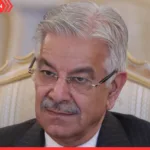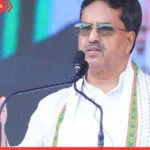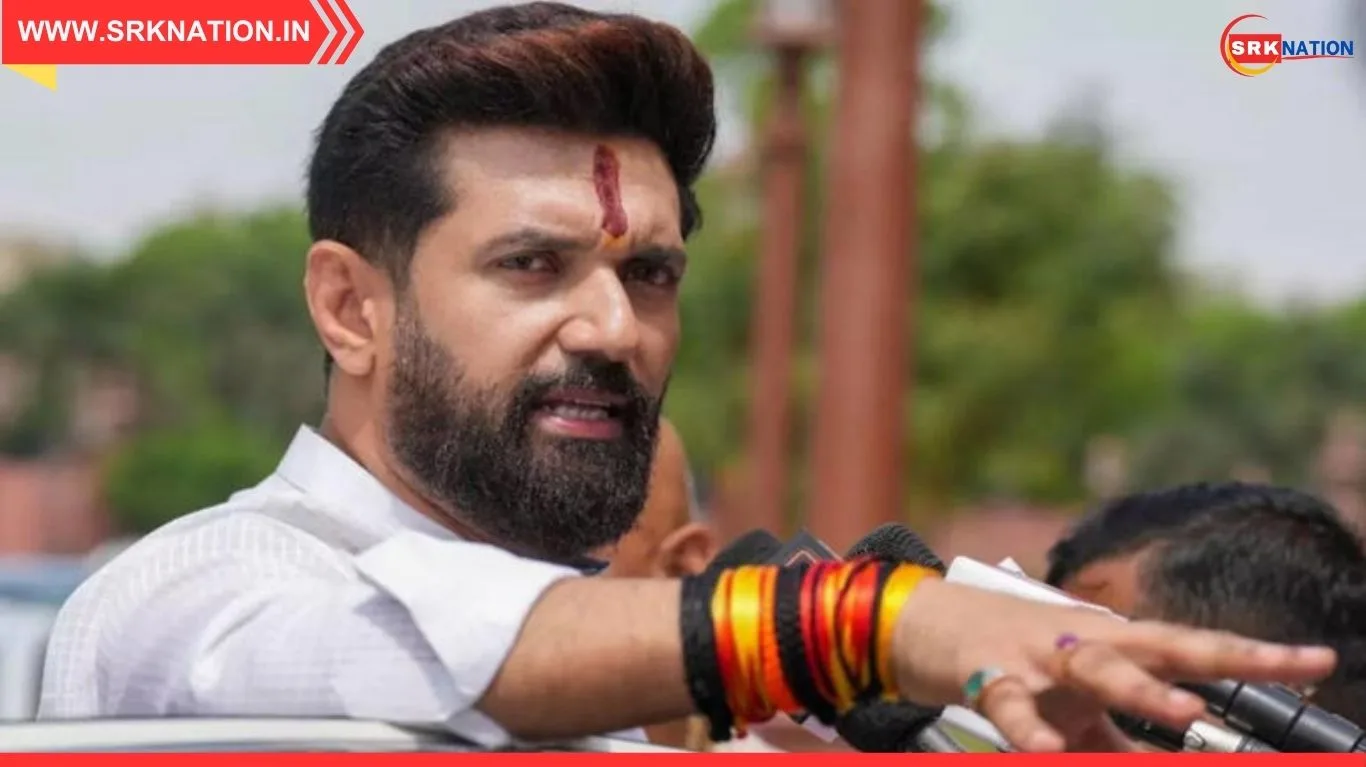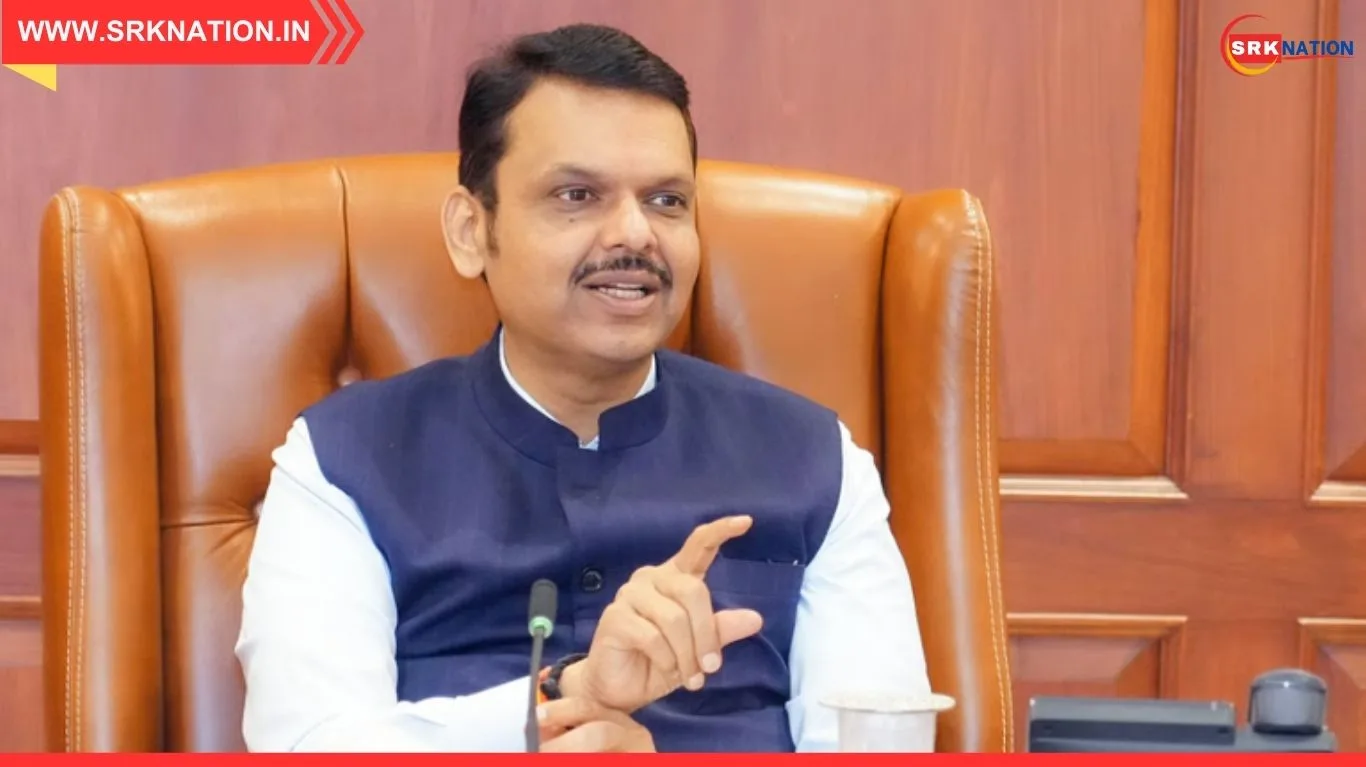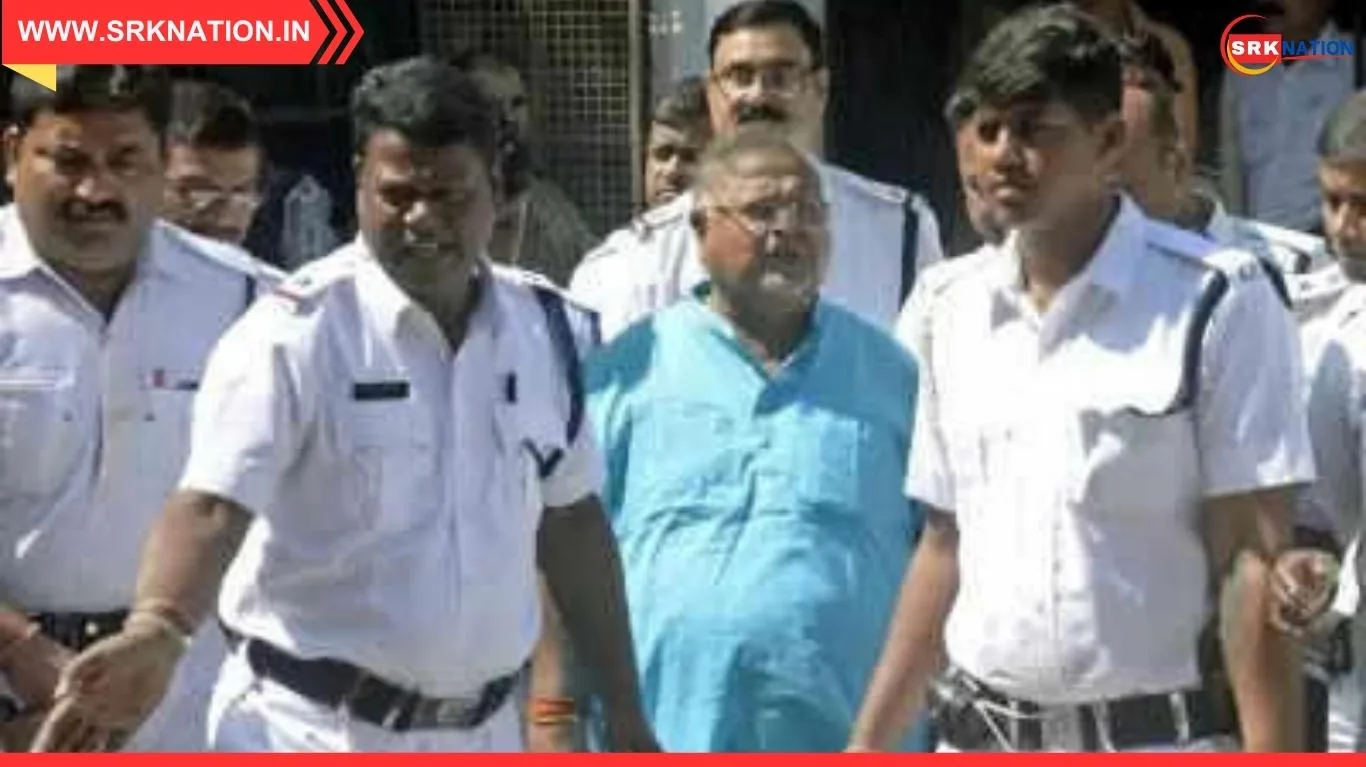In the aftermath of the devastating car blast near Delhi’s Red Fort Metro Station on November 11, 2025—now being referred to as “Delhi’s 10/11”—the Indian government has launched a massive counter-response, deploying a 500-member elite strike team to investigate and neutralize any further threats. The explosion, which claimed 13 lives and injured over 20, has been described as one of the deadliest attacks in the capital in recent years.
The Blast: What Happened on 10/11
At approximately 6:45 PM on November 11, a Hyundai i20 parked near Gate No. 1 of the Red Fort Metro Station exploded, sending shockwaves across central Delhi. Eyewitnesses reported a deafening blast followed by chaos, flames, and shattered vehicles. The area was immediately cordoned off, and emergency services rushed to the scene.
Casualties and Immediate Response
| Impact | Numbers |
|---|---|
| Deaths | 13 |
| Injured | 20+ |
| Vehicles Damaged | 7 |
| Area Cordoned | 500 meters radius |
The injured were rushed to LNJP and AIIMS hospitals, with several in critical condition. The Delhi Police registered an FIR under the Unlawful Activities (Prevention) Act (UAPA), signaling the possibility of a terror link.
India’s 500-Strong Strike Team: Composition and Mandate
In a swift and coordinated move, the Centre activated a 500-member strike team comprising personnel from:
- Intelligence Bureau (IB)
- National Investigation Agency (NIA)
- National Security Guard (NSG)
- Delhi Police Special Cell
- Cyber Forensics and Bomb Disposal Units
| Agency | Role |
|---|---|
| IB | Intelligence gathering, surveillance |
| NIA | Legal investigation, terror link analysis |
| NSG | Bomb disposal, tactical operations |
| Special Cell | Local coordination, arrests |
| Cyber Unit | Digital footprint tracking |
The team includes officers from constable to ACP and DCP levels, all trained in counter-terrorism and urban warfare. Their mandate includes identifying suspects, tracing explosive origins, and preventing further attacks.
Suspect Profile and Investigation Leads
Initial reports suggest the involvement of Dr. Umar Nabi, a medical professional with suspected links to radical networks. Investigators are probing his digital communications, financial transactions, and travel history. Multiple raids have been conducted in Delhi, Lucknow, and Srinagar.
| Suspect | Profession | Alleged Role |
|---|---|---|
| Dr. Umar Nabi | Doctor | Logistics and planning |
| Unknown Accomplices | Under investigation | Execution and transport |
Security Measures Across India
Following the blast, security has been heightened in major cities including Mumbai, Hyderabad, Kolkata, and Bengaluru. Airports, railway stations, and religious sites are under increased surveillance.
| City | Security Level | Measures Taken |
|---|---|---|
| Delhi | Maximum | Metro checks, drone patrols |
| Mumbai | High | CST and Churchgate under watch |
| Hyderabad | High | Charminar and IT corridor secured |
| Kolkata | Moderate | Howrah and Sealdah monitored |
Political and Public Reaction
Home Minister Amit Shah condemned the attack and assured that “culprits will face the full wrath of our agencies.” Prime Minister Narendra Modi held a high-level security meeting and directed agencies to work in synergy.
Citizens expressed grief and anger, with social media flooded by #DelhiBlast and #RedFortAttack. Civil society groups have called for better urban security protocols and public awareness campaigns.
Historical Context: Comparing Major Urban Attacks
| Incident | Year | Casualties | Response |
|---|---|---|---|
| Delhi 10/11 | 2025 | 13 dead, 20+ injured | 500-member strike team |
| Mumbai 26/11 | 2008 | 166 dead | NSG deployment, national overhaul |
| Hyderabad Bombings | 2013 | 17 dead | NIA probe |
| Delhi Parliament Attack | 2001 | 9 dead | Military alert |
Strategic Implications
The scale and speed of India’s response reflect a shift toward proactive counter-terrorism. The deployment of a multi-agency strike force within hours signals improved coordination and readiness.
Key takeaways:
- Rapid deployment of specialized personnel
- Integration of intelligence and tactical units
- Focus on digital and forensic evidence
- Public reassurance through visible security
Conclusion
Delhi’s 10/11 blast has jolted the nation, but the swift deployment of a 500-member strike team underscores India’s resolve to combat urban terrorism. As investigations unfold and suspects are tracked, the country stands united in grief and determination. The tragedy may well become a turning point in India’s internal security doctrine.
Disclaimer: This article is based on publicly available reports and official statements. Readers are advised to follow government and law enforcement updates for verified information.


